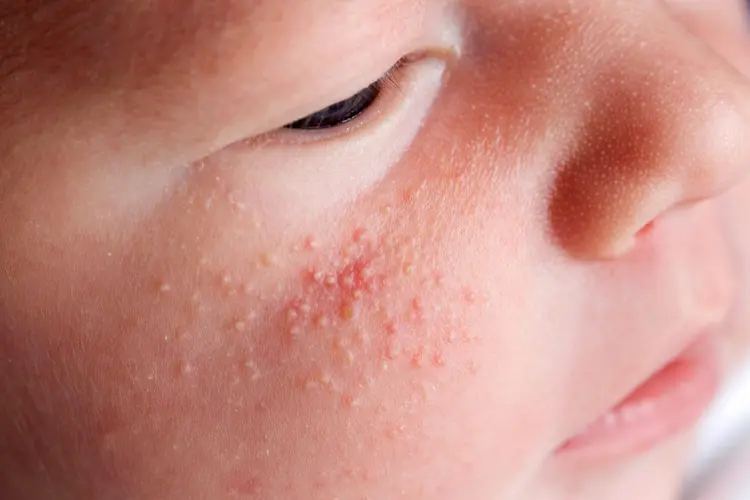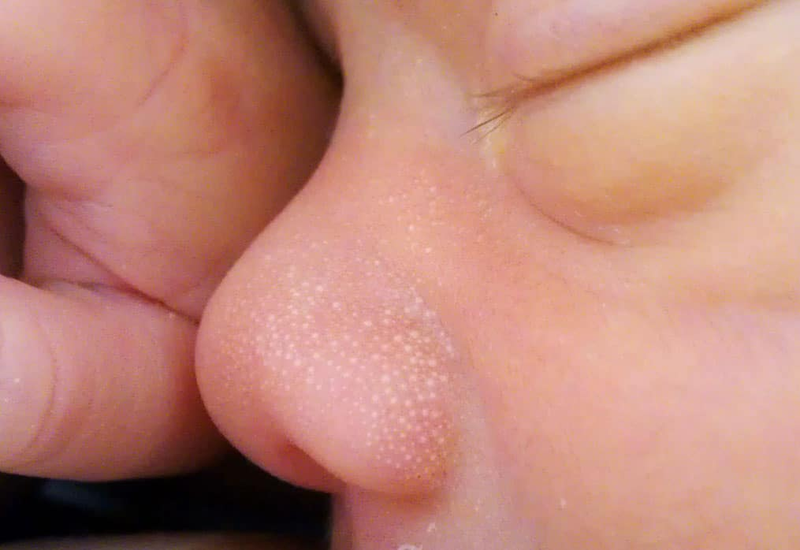It’s not uncommon for parents to notice tiny white bumps on their child’s face, especially around the nose, cheeks, or eyelids. These small, pearl-like cysts are known as milia—and they’re very common in both infants and older children. While they’re generally harmless and don’t cause disco mfort, many parents wonder if treatment is necessary or even safe. When it comes to milia removal, especially for younger skin, caution and care are key. Fortunately, Milia Treatments in Dubai are offered with age-appropriate approaches, prioritizing gentle and safe methods for children when needed.
Why Milia Happens in Children
Milia occur when dead skin cells or keratin become trapped beneath the skin’s surface, forming small, hard bumps. In children, the most common causes include:
Newborn skin development (in infants, milia is completely normal and usually goes away on its own)
Genetics (some kids are simply more prone to milia)
Skin trauma (burns, blisters, or rashes can result in secondary milia)
Use of heavy creams or topical products
Environmental factors, like heat and humidity
The good news is that in most cases, milia in infants and children is temporary and doesn't require treatment.
When to Consider Milia Treatment in Kids
In infants, milia typically clears up within a few weeks without intervention. However, in older children—especially if the milia persist, spread, or cause cosmetic concern—treatment may be considered.
Some situations that might warrant treatment:
The bumps have been present for several months.
They are increasing in number.
They appear in areas that cause self-consciousness (like the nose or eyelids).
They’re mistaken for other skin conditions and need a proper diagnosis.
Still, any treatment decision for a child should be made carefully and under professional guidance.
Safe and Gentle Milia Treatments for Children
When necessary, milia can be safely removed from a child’s skin using gentle, non-invasive methods. These are typically recommended only for older children, not infants or toddlers.
Manual Extraction by a Professional
This is the most common approach and involves using a sterile needle to gently open the bump and release the keratin. It’s safe when done by a trained practitioner.
Minimal discomfort
Quick procedure
Low risk of scarring
Because children’s skin is delicate, the extraction must be performed with extreme precision and care.
Topical Treatments (Only When Prescribed)
In rare cases, mild topical retinoids may be used in older children or teens under strict supervision. These help promote skin turnover and prevent new milia from forming.
Used sparingly
Should never be self-administered
Not suitable for infants
Avoid DIY Remedies
Parents mustn’t attempt to remove milia at home. Poking or squeezing can lead to:
Skin trauma
Infection
Scarring
Increased sensitivity
Children’s skin is more vulnerable than adults’, and improper handling can make things worse.
How Long Does Healing Take?
If manual extraction is performed, the healing process is usually very quick—within 1 to 2 days. Redness or slight swelling may appear but typically fades quickly. Proper aftercare includes keeping the skin clean, avoiding sun exposure, and using mild, fragrance-free moisturizers.
Can Milia Be Prevented in Children?
Although milia often can’t be fully prevented, especially in newborns or those with a genetic tendency, there are some tips for reducing the likelihood of recurrence:
Avoid applying thick creams or oils on a child’s face.
Use gentle, fragrance-free cleansers and skincare.
Make sure the sunscreen used is non-comedogenic and child-safe.
Don’t over-exfoliate or use adult skincare products on kids.
Consistency in skincare and avoiding pore-clogging ingredients can make a big difference.
Why Parents Choose Milia Treatments Dubai for Their Children
In Dubai, families seeking expert dermatological care benefit from treatments designed specifically for children’s skin. Milia Treatments Dubai focus on gentle techniques that suit young, delicate skin, ensuring comfort and safety. These treatments are performed by specialists who understand the needs of children and offer supportive care that puts both the child and parent at ease.
Conclusion
Milia in children is usually nothing to worry about and often resolves naturally. However, if the condition persists or becomes a cosmetic concern, safe treatments are available. Whether it’s through professional extraction or guided skincare routines, the key is always to proceed with care. In the right hands, even the most sensitive skin can be treated gently and effectively—giving your child smooth, healthy skin without discomfort or risk.





Top comments (0)